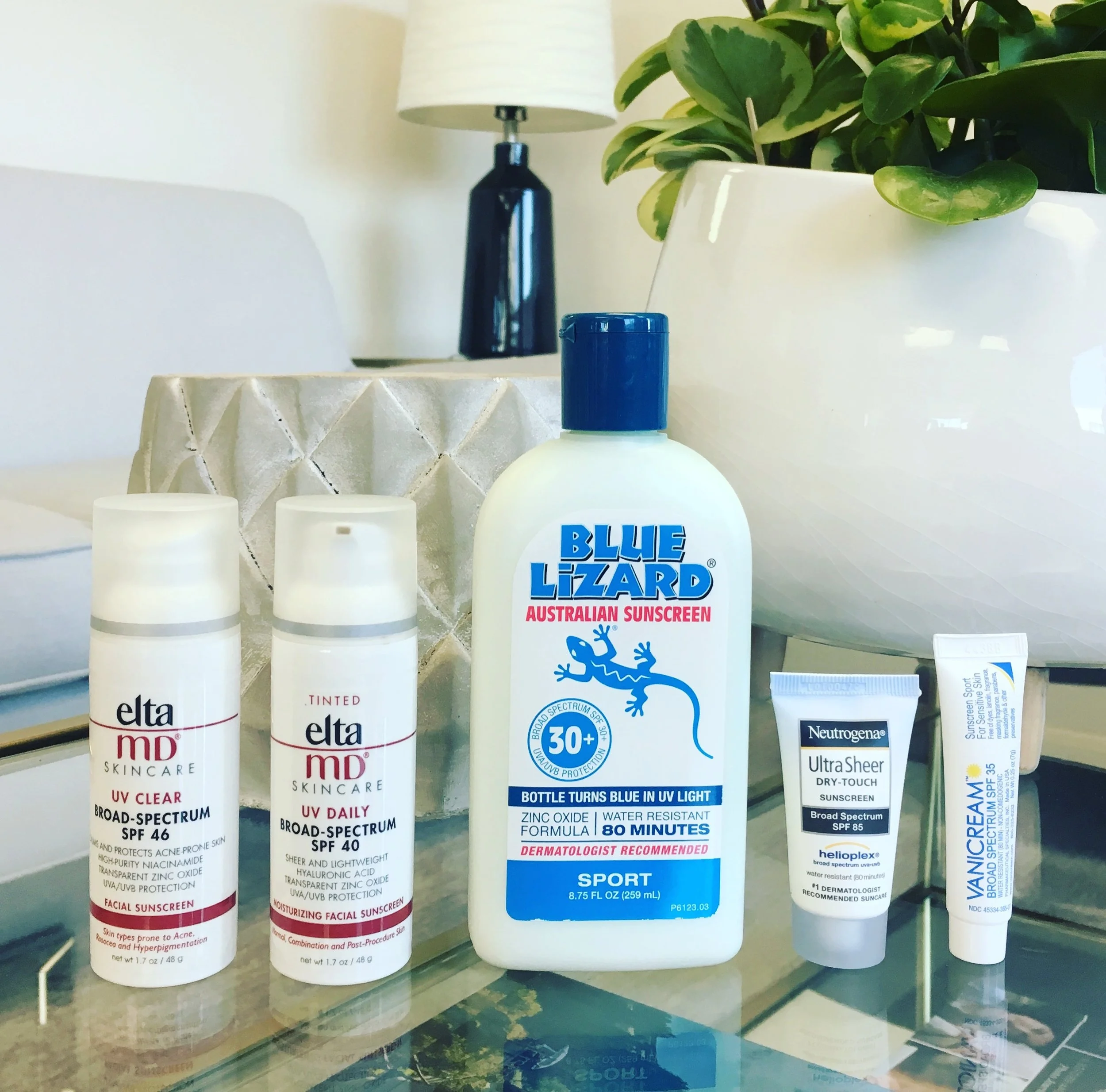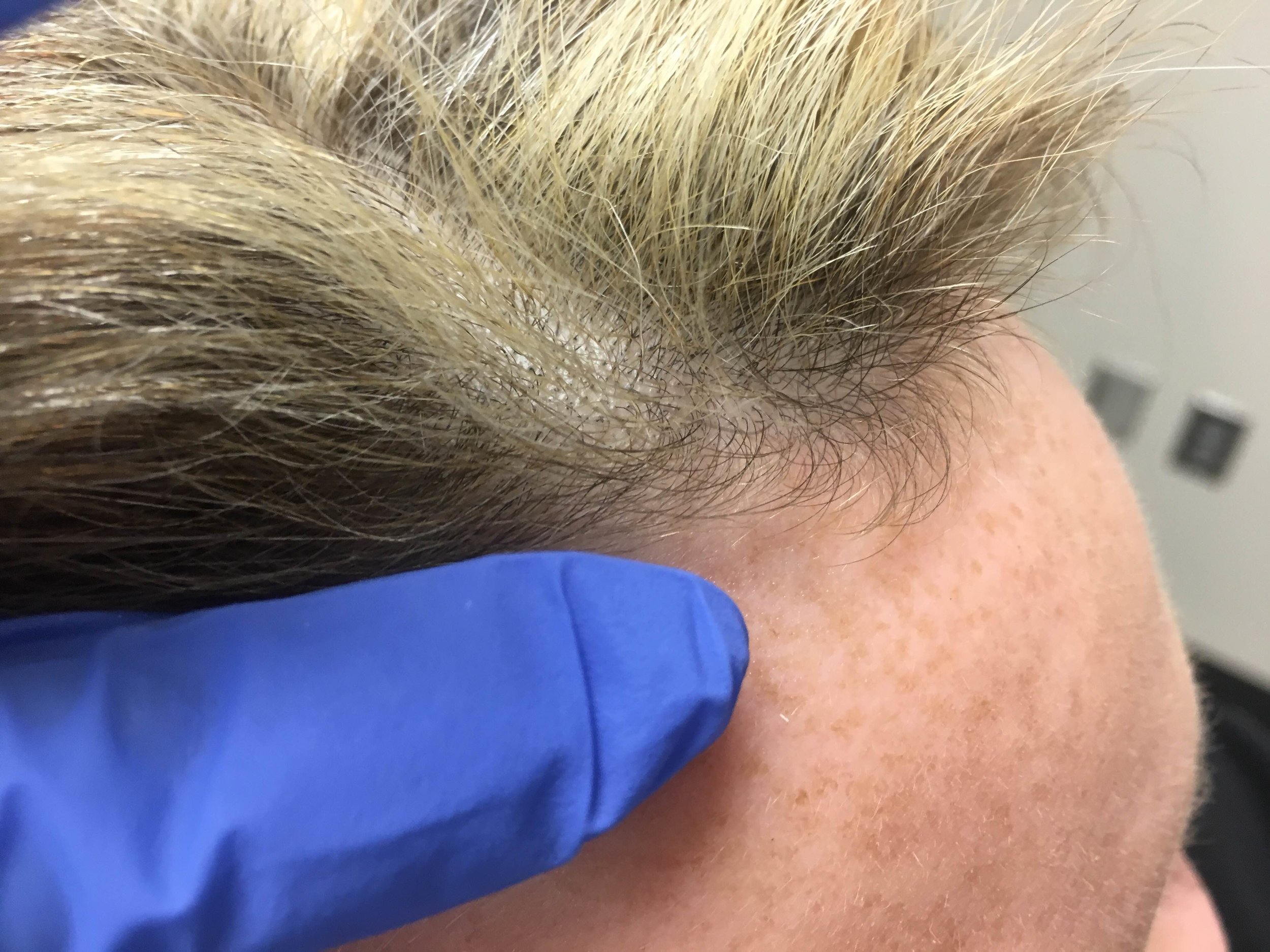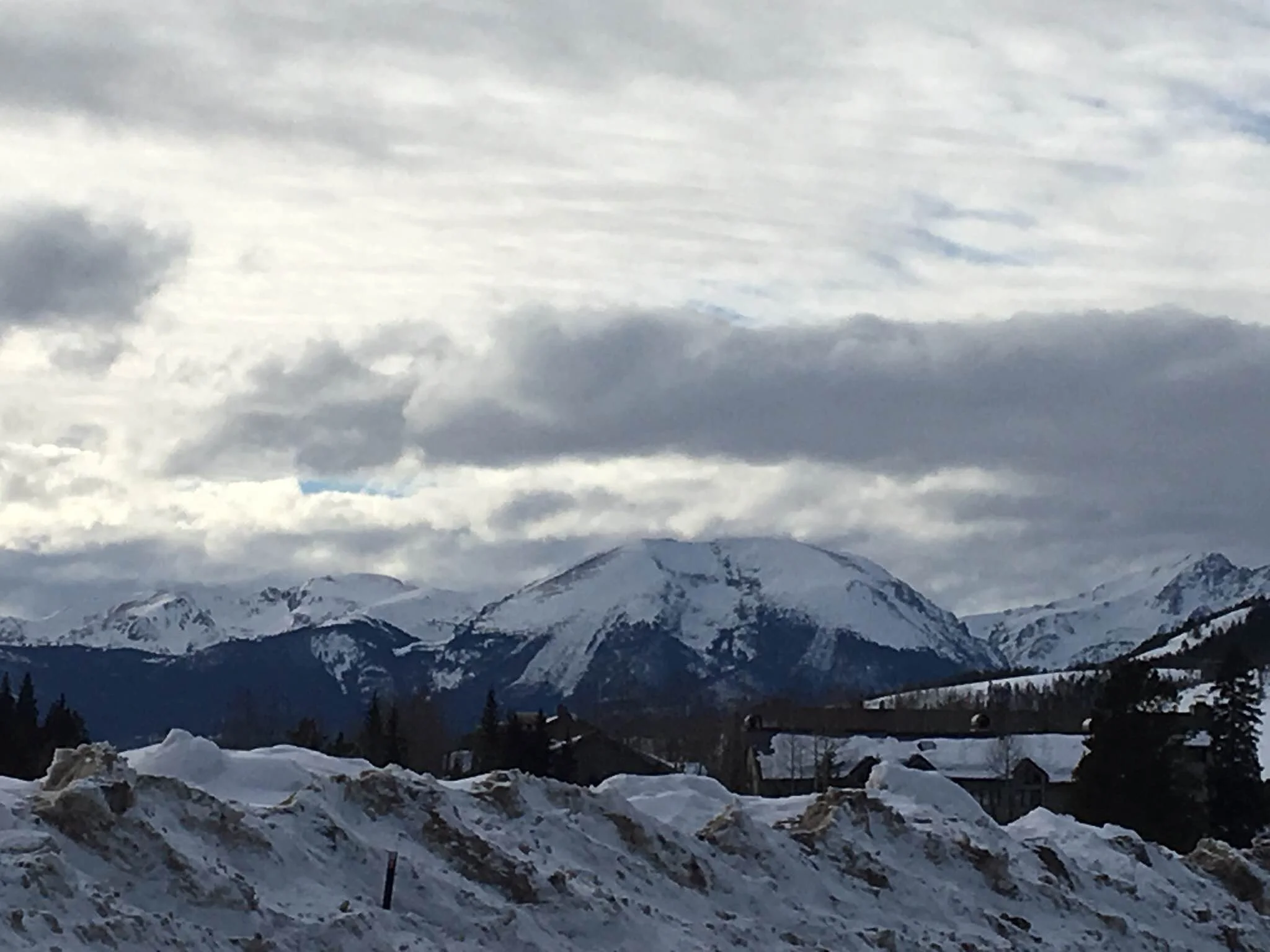March 1, 2025
Dear Traceside Patients,
It has been a privilege to provide dermatology and allergy care to you, and we are writing to let you know our providers are in the process of transitioning to new opportunities.
Our dermatology providers are joining Heritage Medical Associates effective May 1, 2025. Dr. Amy Valet, Dr. Casey Shaba, and Britney Hayslip PA-C, will be located in our same office suite #703 at St. Thomas West, and will be caring for all existing Traceside dermatology patients without interruption. As of May 1, call 629-255-2165 for Dr. Amy Valet; 629-255-2490 for Dr. Casey Shaba; and 629-255-2489 for Ms. Britney Hayslip. All existing appointments will transfer.
Effective March 27, 2025, Dr. Robert Valet will no longer provide allergy care to his established patients. He has accepted a position with the VA and will no longer be working in private practice. His allergy patients who need to continue their care will need to find a new physician. We recommend checking with your insurance company to determine who is in your network. We recommend Heritage Medical Associates & Vanderbilt Asthma, Sinus, & Allergy Program.
Your medical records will, of course, be available to you. You will need to sign a records release and we can send your records to the new physician of your choice. Once Traceside Allergy is officially closed as of March 28, 2025, the office will continue to be available for records requests. Details for requesting your records will also be available on our website, www.tracesidedermatologyandallergy.com.
Thank you for entrusting your care to us these past eight years. It has been our privilege to be a part of your lives, and our dermatology team of providers and staff looks forward to continuing our relationships with you for many years to come.
Sincerely,
Dr. Amy Valet, Dr. Robert Valet, Dr. Casey Shaba, and Britney Hayslip, PA-C














